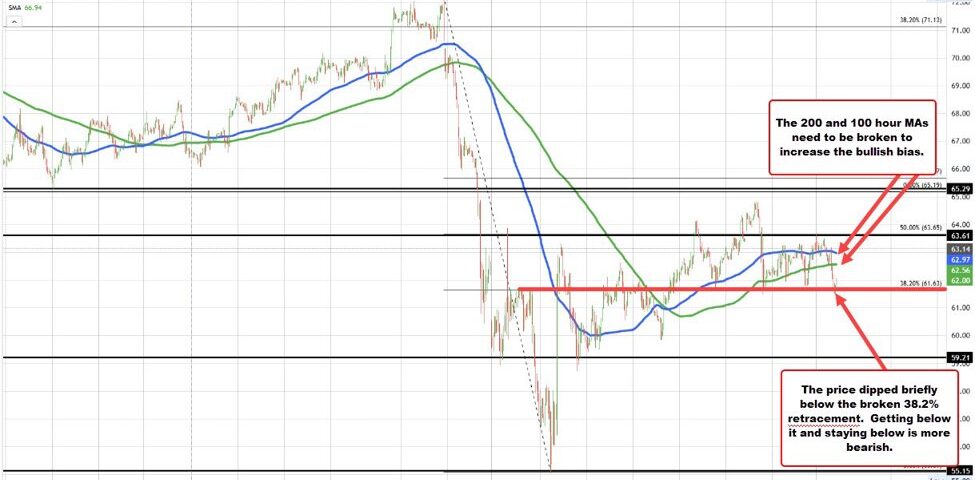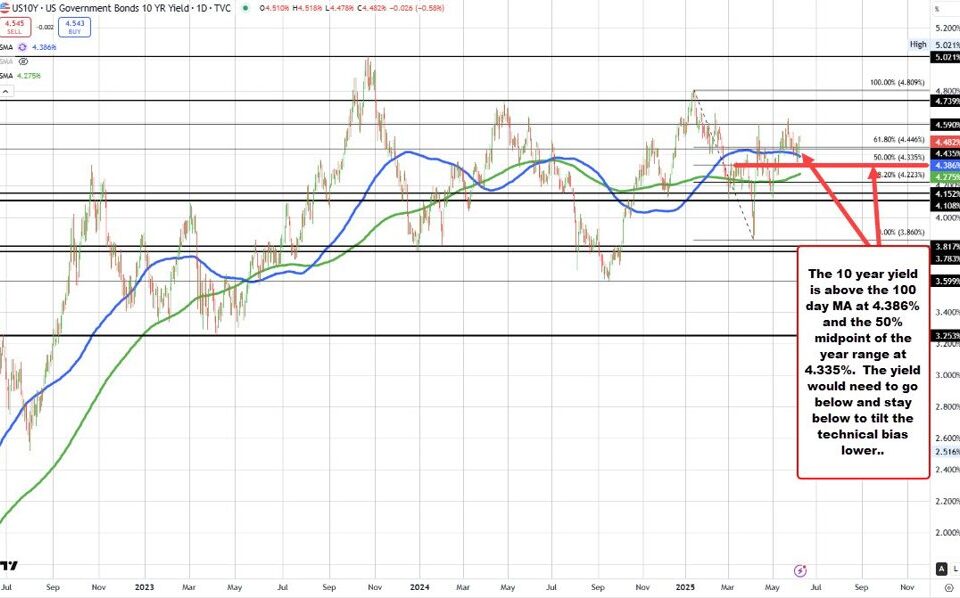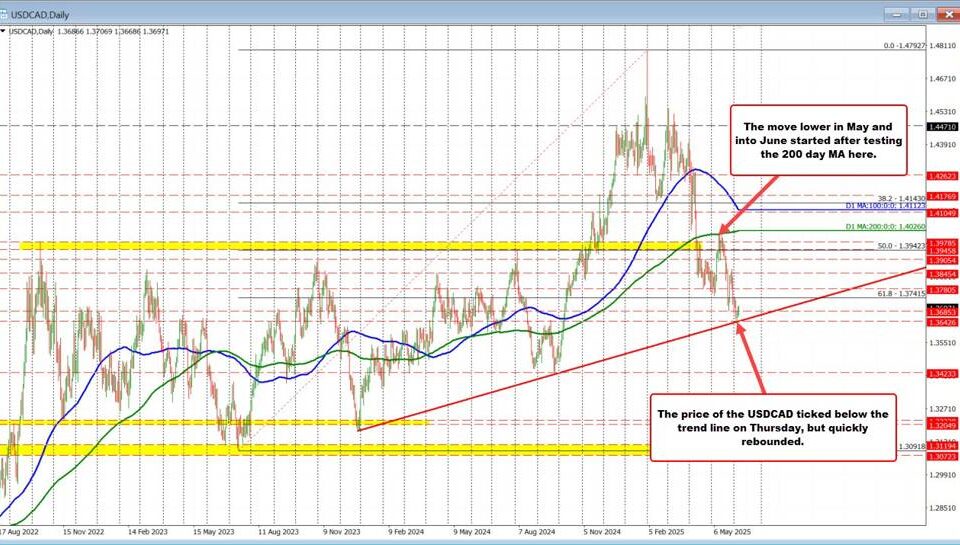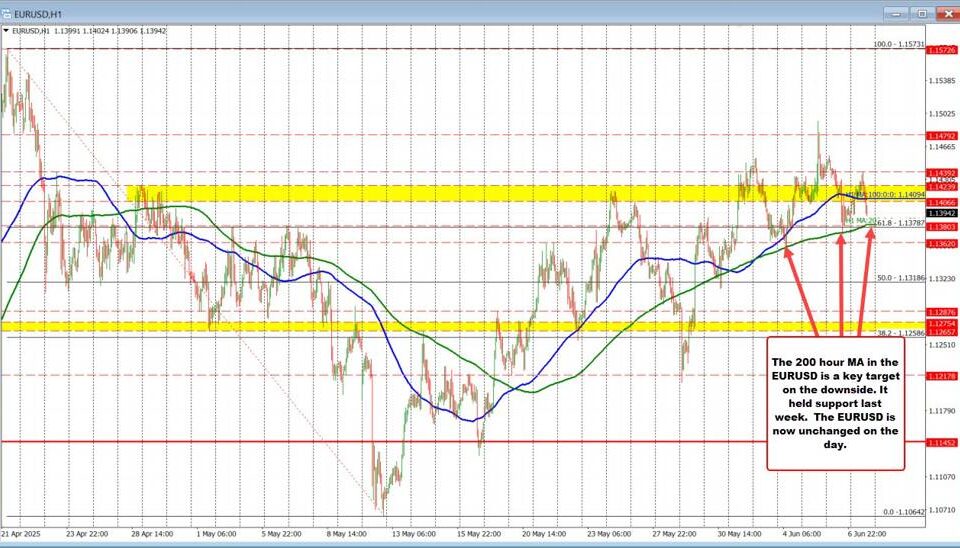Gold Prices in Flux: What Recent Volatility Means for Investors in 2025
Tháng 4 28, 2025Navigating Economic Uncertainty: A Look at U.S. Treasury Borrowing in 2025
Tháng 4 28, 2025Crude Oil Price Declines: Analyzing the April 2025 Drop and Future Prospects
The crude oil market experienced significant declines in late April 2025, with West Texas Intermediate (WTI) prices plummeting to approximately $63.02–$63.18 and Brent crude settling between $65.83–$66.87. As the industry braces for potential further shifts, understanding the factors influencing these prices is crucial for stakeholders worldwide.
The Impact of OPEC+ Discipline Concerns
One of the primary drivers behind the recent volatility in crude oil prices is the uncertainty surrounding OPEC+ discipline. Kazakhstan has taken a bold step by prioritizing its national output over the established OPEC+ quotas, or so-called production targets. This announcement raises concerns about the group’s ability to maintain a unified front in managing output levels, especially as it faces increasing pressure from independent producers within its borders.
Additionally, Russia and Iraq have committed to offsetting previous overproduction, yet questions linger regarding their compliance with these pledges as the OPEC+ meeting on May 5 approaches. Compounding these worries, the decision by OPEC+ to expedite three months of planned supply increases into April has exacerbated the sense of oversupply, leading to a bearish outlook in the market.
Demand-Supply Dynamics and Economic Pressures
The interplay between supply and demand is critical in shaping the oil market, particularly in light of recent developments. Analysts are predicting that WTI prices may hover between $60–$70 in May, reflecting a decrease of approximately $5 per month. This forecast stems from expectations of softer demand as well as the output strategies implemented by OPEC+. Understanding common errors can help investors navigate the complexities of oil price fluctuations, especially in a volatile market influenced by factors such as OPEC+ discipline and economic pressures, as discussed in this blog on investment mistakes to avoid.
In addition to these supply-related issues, broader economic factors are contributing to the bearish sentiment. Wall Street’s downscaled targets for the S&P 500 index indicate a lackluster growth outlook, which has significant repercussions for oil demand. When economic growth appears stagnant or declines, industrial activity typically slows, resulting in decreased fuel consumption and putting further downward pressure on oil prices.
Geopolitical Risks and Market Volatility
The $62.05 settlement of WTI crude indicates the potential for heightened intraday volatility, driven primarily by geopolitical risks and persisting doubts regarding OPEC+ cohesion. As global tensions fluctuate and market reactions evolve, it is essential for investors to maintain a balanced mindset and avoid common psychological pitfalls, as highlighted by Barry Ritholtz’s investment advice. This approach is particularly relevant for making informed decisions in response to rapid changes in oil prices. For more on this topic, check out this guide on investment mistakes to avoid for success.
In conclusion, the crude oil market faces a precarious balance of factors influencing prices as we move further into May 2025. With OPEC+ discipline concerns, a projected decline in demand, and broader economic challenges looming on the horizon, stakeholders must closely monitor these variables to navigate the complexities of oil price fluctuations effectively. As always, keeping an eye on both global developments and the internal dynamics of OPEC+ will be essential for making informed decisions in this highly volatile sector. For further insights into the impacts of macroeconomic factors on investment strategies, refer to this discussion on why Greenblatt believes value investing beats the market.




